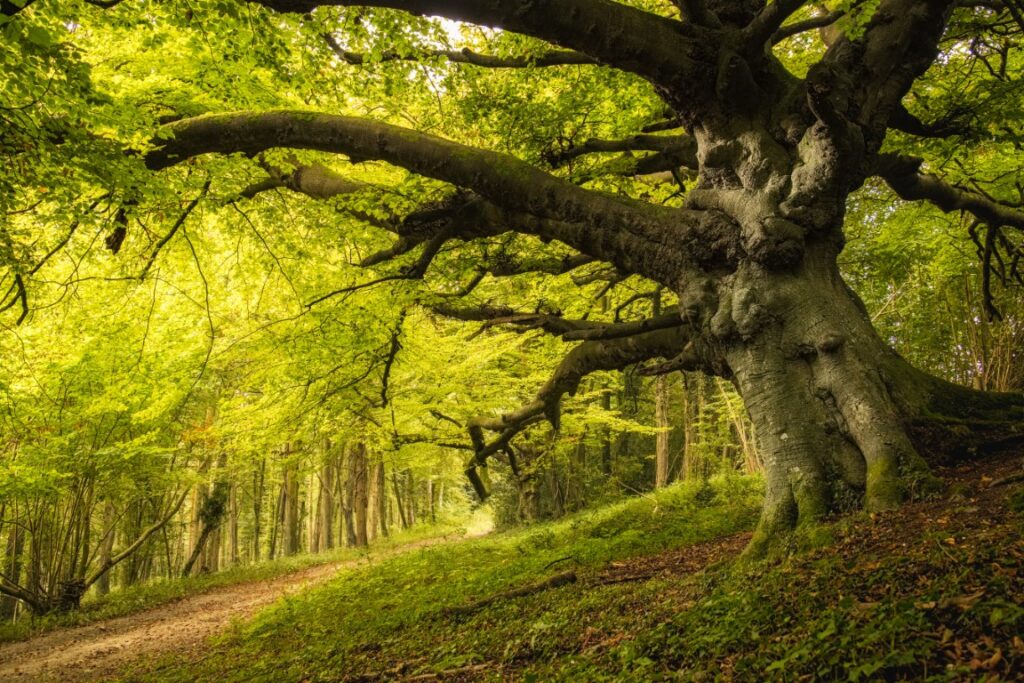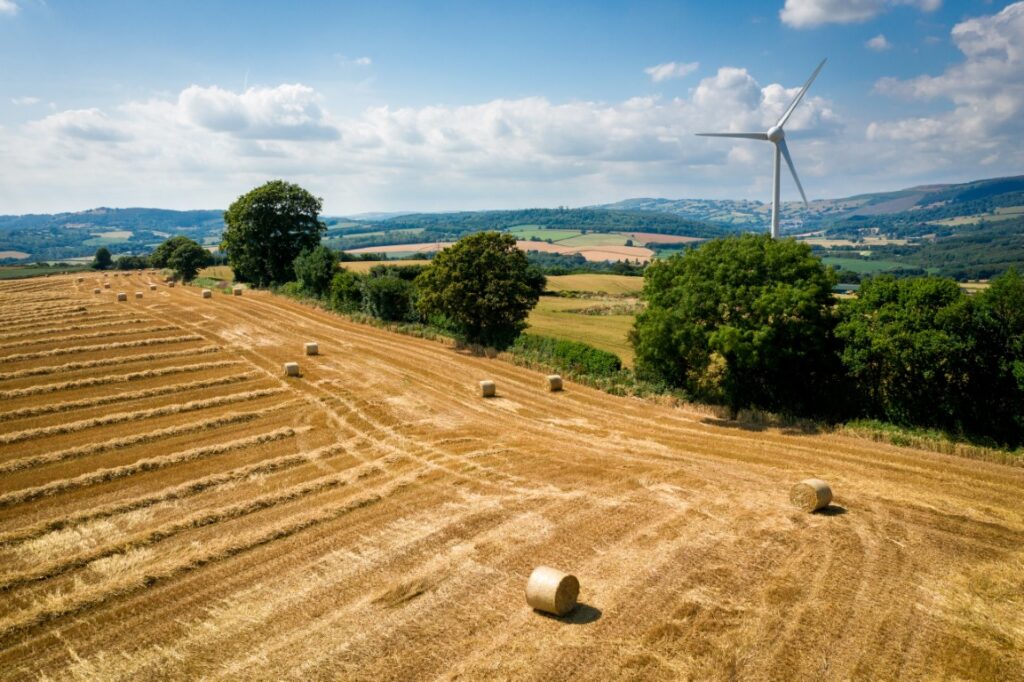
Key Information
- BNG will be compulsory for Large Sites as of January 2024 and compulsory for small sites as of April 2024.
- Natural England’s BNG Metric 4.0 is the most current metric to measure how much biodiversity gain is required to reach a 10% gain on each site.
- Addland’s purpose built BNG unit landing page means developers can purchase directly the BNG units best suited for them.
Biodiversity Net Gain is an approach to development that leaves biodiversity in a measurably better state than before the development took place. The Environment Act mandates that natural habitats for wildlife must be left in a measurably better state than they were in pre-development. To make this possible as of November 2023, all major planning applications are required to increase biodiversity by 10% relative to pre-development levels.

Measuring BNG Gains/Losses
Biodiversity gains and losses will be measured in ‘biodiversity units’, calculated using the latest biodiversity metric developed by Natural England known as, biodiversity metric 4.0. If an insufficient number of biodiversity units can be provided on-site, off-site units can be counted. Biodiversity Metric 4.0 is calculated as:
habitat extent (ha/km) x habitat quality (e.g. low – such as a sports pitch or high – such as a heathland) x habitat condition = biodiversity units.
These off-site units must be registered, maintained for at least 30 years, be available to be allocated to one or more developments with planning permission granted and there will be a fee to register them.
Application to Development
Enacted as part of the Environment Act 2021, compulsory BNG net gain will be implemented on all planning proposals across England by November (2023).
From November 11 (2023) most planning permissions granted in England (with a few exemptions) except for small sites will have to deliver at least 10% biodiversity net gain with compulsory BNG required for small development sites from April 2024.
What BNG requirements will have to be met by a development proposal?
- At the site selection & design phase, carry out BNG metric calculation
- If BNG cannot be achieved on-site then off-site opportunities should be identified
- Land used for BNG off-site will need to be legally secured for a minimum of 30 years
- Any off-site BNG opportunities must be registered on the Biodiversity Gain Site Register
- Any land delivering BNG must be monitored and reported on for the duration of the BNG agreement

Will BNG obligations act as a barrier to development?
To prevent BNG obligations becoming a barrier to development, the Act will provide developers with several options to fulfil them offsite. Developers will be able to provide the required biodiversity gains on other land they own, purchase “biodiversity units” from third parties and even buy “credits” from the Government to enable them to demonstrate the necessary amount of BNG.
Mandatory January implementation of Biodiversity net gain means finding sites where you can buy BNG units close by, and ideally within the Local Authority boundary. For this reason, Addland has launched a dedicated a BNG landing page to making finding a site easier than ever for developers.
Promoting over 4,000 BNG units for sale, head to Addland’s BNG units for sale landing page and see all listed units for sale – https://addland.com/sale/biodiversity-net-gain-units
Buy Land & Property with confidence
Addland is the only platform where you can find land for sale and undertake complete site assessments together. Boundaries, environmental considerations, planning records, valuation data, terrain maps, and more. All for the price of your daily cup of coffee.
Andrew Smith / Tom Neall
Addland

Comments